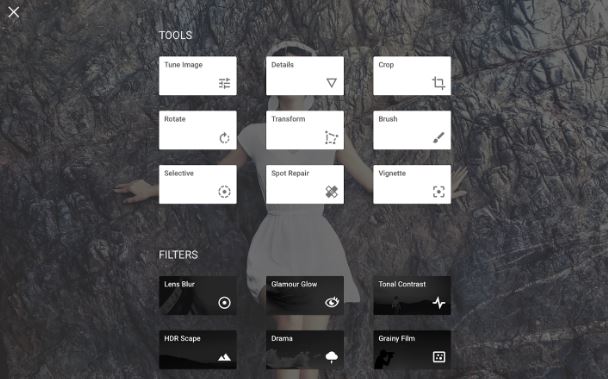

Your editor should let you save high-quality images in small sizes. But the most basic settings you should look for are saturation, adjusting exposure and white balance, sharpening images, and cropping. Advanced photo editors these days offer so many useful settings. If you edit files for clients, it will be necessary for you to pick a tool that supports almost all formats.īasic photo settings. Check if the tool supports video formats if you work with video files too. Some popular formats are JPEG, PNG, TIFF, GIF, PSD, PDF, and RAW. You should be able to import different file types and save them in different formats. It should also let you create your own templates and presets. A powerful photo editor should include templates, filters, and presets that help you quickly modify your visuals and create new ones. Direct support via phone and email would also be ideal. The software you pick must offer wikis, forums, tutorials, and guides to help you get started.

In comparison, sophisticated tools with tons of features meant for professionals should have options like keyboard shortcuts that save time. Tools for beginners should offer a drag-and-drop interface with a short learning curve. You must take them into account to pick the best one.Įase of use. Here are some essential features a photo editor should have.


 0 kommentar(er)
0 kommentar(er)
